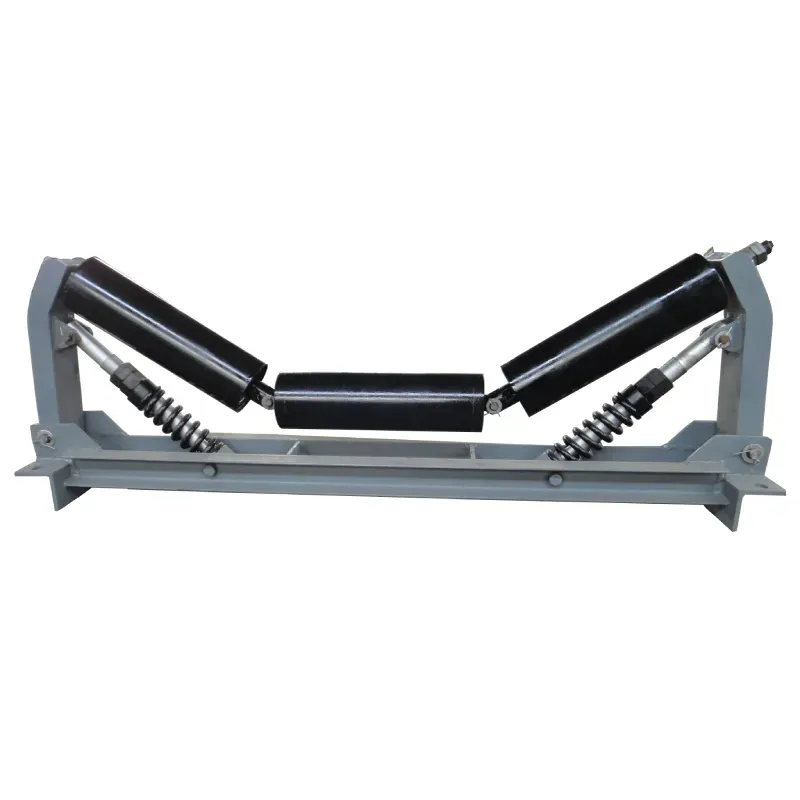 Afrikaans
Afrikaans  Albanian
Albanian  Amharic
Amharic  Arabic
Arabic  Armenian
Armenian  Azerbaijani
Azerbaijani  Basque
Basque  Belarusian
Belarusian  Bengali
Bengali  Bosnian
Bosnian  Bulgarian
Bulgarian  Catalan
Catalan  Cebuano
Cebuano  Corsican
Corsican  Croatian
Croatian  Czech
Czech  Danish
Danish  Dutch
Dutch  English
English  Esperanto
Esperanto  Estonian
Estonian  Finnish
Finnish  French
French  Frisian
Frisian  Galician
Galician  Georgian
Georgian  German
German  Greek
Greek  Gujarati
Gujarati  Haitian Creole
Haitian Creole  hausa
hausa  hawaiian
hawaiian  Hebrew
Hebrew  Hindi
Hindi  Miao
Miao  Hungarian
Hungarian  Icelandic
Icelandic  igbo
igbo  Indonesian
Indonesian  irish
irish  Italian
Italian  Japanese
Japanese  Javanese
Javanese  Kannada
Kannada  kazakh
kazakh  Khmer
Khmer  Rwandese
Rwandese  Korean
Korean  Kurdish
Kurdish  Kyrgyz
Kyrgyz  Lao
Lao  Latin
Latin  Latvian
Latvian  Lithuanian
Lithuanian  Luxembourgish
Luxembourgish  Macedonian
Macedonian  Malgashi
Malgashi  Malay
Malay  Malayalam
Malayalam  Maltese
Maltese  Maori
Maori  Marathi
Marathi  Mongolian
Mongolian  Myanmar
Myanmar  Nepali
Nepali  Norwegian
Norwegian  Norwegian
Norwegian  Occitan
Occitan  Pashto
Pashto  Persian
Persian  Polish
Polish  Portuguese
Portuguese  Punjabi
Punjabi  Romanian
Romanian  Russian
Russian  Samoan
Samoan  Scottish Gaelic
Scottish Gaelic  Serbian
Serbian  Sesotho
Sesotho  Shona
Shona  Sindhi
Sindhi  Sinhala
Sinhala  Slovak
Slovak  Slovenian
Slovenian  Somali
Somali  Spanish
Spanish  Sundanese
Sundanese  Swahili
Swahili  Swedish
Swedish  Tagalog
Tagalog  Tajik
Tajik  Tamil
Tamil  Tatar
Tatar  Telugu
Telugu  Thai
Thai  Turkish
Turkish  Turkmen
Turkmen  Ukrainian
Ukrainian  Urdu
Urdu  Uighur
Uighur  Uzbek
Uzbek  Vietnamese
Vietnamese  Welsh
Welsh  Bantu
Bantu  Yiddish
Yiddish  Yoruba
Yoruba  Zulu
Zulu vertical guide rollers
Understanding Vertical Guide Rollers An Essential Component in Material Handling
In the realm of industrial machinery and material handling systems, the efficiency and reliability of operations heavily depend on the components utilized within these systems. One such crucial component is the vertical guide roller. These rollers play a key role in ensuring smooth movement and precise alignment of various materials and products in a range of applications, from manufacturing to logistics.
What are Vertical Guide Rollers?
Vertical guide rollers are specialized rolling elements designed to facilitate the movement of heavy loads along a specified path. Unlike traditional rollers that might operate horizontally, vertical guide rollers are engineered to maintain stability and control when loads are oriented in an upright position. They are vital in systems where vertical movement is required, including conveyor belts, storage systems, and automated production lines.
Applications of Vertical Guide Rollers
The utility of vertical guide rollers spans across various industries. In the manufacturing sector, these rollers are often found in assembly lines where they assist in moving products between different stages of production. For example, in automotive manufacturing, vertical guide rollers help position and move vehicles or parts through assembly stations, ensuring precise alignment and reducing the risk of damage.
In the logistics industry, vertical guide rollers are crucial in automated storage and retrieval systems (AS/RS). Here, they enable the smooth and efficient transfer of goods between storage locations and loading zones. Their design ensures that even heavy and irregularly shaped items can be moved without risk of tipping or misalignment, thus optimizing storage density and reducing retrieval times.
Design and Material Considerations
vertical guide rollers

The effectiveness of vertical guide rollers is highly dependent on their design and the materials used in their construction. Typically, these rollers are designed with a robust structure to withstand heavy loads and resist wear over time. Common materials include high-strength steel and polymer composites, which provide a balance between durability and weight optimization.
Additionally, the surface finish of vertical guide rollers can significantly impact their performance. Coated or treated surfaces can reduce friction, enhance load capacity, and improve overall lifespan, making them a cost-effective solution in the long run. Customization of roller size and bearing types can also be crucial for specific applications, allowing industries to tailor solutions to their unique operational needs.
Maintenance and Longevity
Proper maintenance of vertical guide rollers is essential to ensure their longevity and performance reliability. Regular inspections should be conducted to assess for signs of wear or damage, particularly in high-usage environments. Lubricating the rollers can minimize friction and prevent overheating, thereby extending their operational life.
Moreover, implementing a predictive maintenance strategy can significantly enhance the effectiveness of vertical guide rollers. Utilizing sensors and monitoring tools can help industries identify potential issues before they lead to system failures, allowing for timely interventions and reducing unplanned downtime.
Conclusion
In summary, vertical guide rollers serve as vital components in various industrial applications, facilitating the efficient movement of materials in a controlled and aligned manner. Their design, materials, and maintenance practices contribute significantly to their performance and longevity, making them indispensable in modern manufacturing and logistics. As industries continue to evolve and demand greater efficiency and precision, the role of vertical guide rollers will undoubtedly remain pivotal in driving productivity and innovation in material handling systems. Understanding their importance and ensuring their optimal performance will lead to smoother operations and enhanced operational efficiency across multiple sectors.
-
Revolutionizing Conveyor Reliability with Advanced Rubber Lagging PulleysNewsJul.22,2025
-
Powering Precision and Durability with Expert Manufacturers of Conveyor ComponentsNewsJul.22,2025
-
Optimizing Conveyor Systems with Advanced Conveyor AccessoriesNewsJul.22,2025
-
Maximize Conveyor Efficiency with Quality Conveyor Idler PulleysNewsJul.22,2025
-
Future-Proof Your Conveyor System with High-Performance Polyurethane RollerNewsJul.22,2025
-
Driving Efficiency Forward with Quality Idlers and RollersNewsJul.22,2025





























